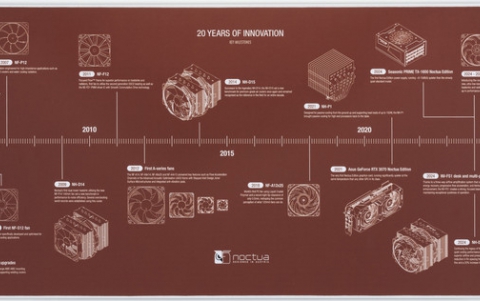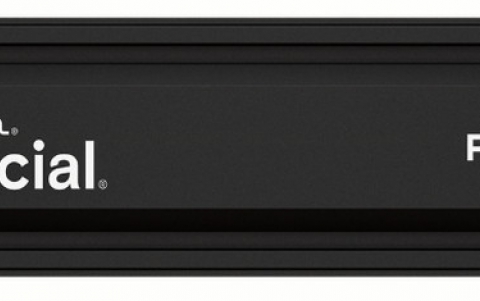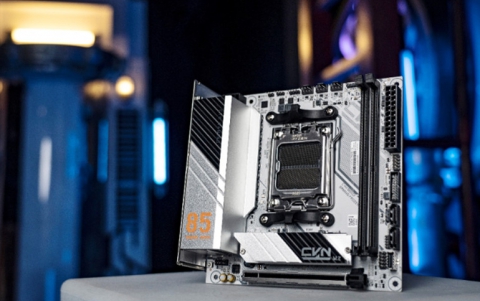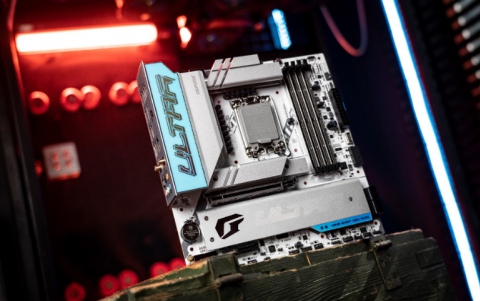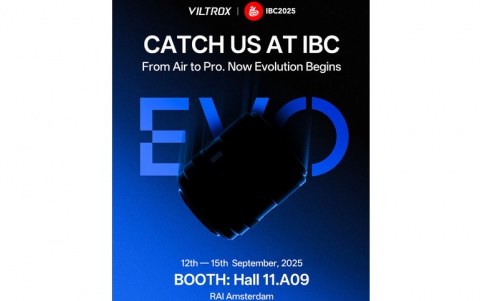Mt. Rainier Format
2. Page 2
CD-MRW Format - Page 2
Source: Philips
- Techical information
From the perspective of the CD-RW System Description, the entire capacity of a MRW disc consists of a single session containing a single track of 32 sector fixed packets.
![]()
Track/Session
Structure of a CD-MRW Disc
The MRW disc does have this format, but the CD-MRW Defect Management & Physical Formatting requires additional features, built upon the basic format:

Lead-in, Part A: TOC, no change
Lead-in, Part B: TOC (in sub-channel Q) along with MTA (information is stored in main channel). Prior to CD-MRW, the lead-in has always been recorded track-at-once. With this new format, it is recorded as fixed packets. The MTA use begins with the packet that precedes the pre-gap. When needed, the MTA grows backward toward the disc center.
Program Area, Part A: Track 1 pre-gap has a fixed size of 150 sectors. The TDB identifies the track as a fixed packet track with packet size = 32.
Program Area, Part B: The General Application Area (GAA) is a segment of the track that is NOT covered by the defect management system. This is fixed at 32 packets (2 MB of user space).
Program Area, Parts Cx: The Defect Managed Area (DMA) consists of DMA segments, Cx. Each Cx consists of a spares area (SA) followed by a data area (DA). Each SA must contain 8 packets. Each DA within C1, C2, –, Cn-1, must contain 136 packets for primary data. Cn may contain less than 136 packets, based upon disc capacity. The DMA is the logical concatenation of all DAs.
Program Area, Part D STA: 33 packets reserved for secondary copies of the MTA structures.
Lead-out, Part A: Lead-out, no change
The number of Cx is determined as follows: P = number of 32 sector fixed packets available in the formatted track 1. The number of packets in all Cx is Pt = P . GAA size . STA size = P . 65. When Pt is divided by 144 (=8 + 136), there is a quotient Q and remainder R. If R .8, then Q = n, the DA size for each Cx is 136, and the lead-out begins R packets sooner. If R > 8, then Q = n . 1, the DA for C1, C2,...Cn-1 is 136, the DA for Cn is R . 8 packets in length, and the lead-out is not offset into the program area.
The Host's primary address space is the DMA. By default, an LBA is presumed to refer to this address space. Note that LBAs for the DMA do NOT match LBAs for a similarly formatted pre-MRW disc. The GAA is available for compatibility with older systems. The GAA LBA space is 0, 1, 2, 3, –, 1023d. Note that LBAs for the GAA exactly match LBAs for a similarly formatted pre-MRW disc.
Addressing
When method 2 addressing is used, the LBA of the first sector of the DMA is at the pre-MRW LBA of (32 + 8)*32 = 1280d. The following table shows the inequities with pre-MRW LBA references:

The GAA addressing is identical to traditional addressing. The new method of addressing sectors in the DMA is named "method 3 addressing" in the CD-MRW Defect Management & Physical Formatting. There is a small problem: there are two LBA spaces where formerly there was only one. The MRW Mode Page is used a the method of specific address space selection. The host may toggle between address spaces (DMA and GAA) by changing the logical units reference in the MRW Mode Page.
Host Requests/Logical unit Responses
The host may view the MRW disc as a removable magnetic medium with a 2048 byte sector size. This means that the random read capability of MMC is to be maintained and expanded to include the MRW disc. Additionally, random write capability must be added specifically for the MRW disc. Within the logical unit, only the writing of 32 sector fixed packets is allowed. MMC-1 and MMC-2 logical units share this restriction with their hosts. When MRW disc is present, the MRW compliant logical unit must not share this restriction with its host. This is a simple matter of implementing a read/modify/write for packets.
Background Formatting
Most of the process for formatting a CD-RW disc into the MRW format is performed in background. During this background formatting process, the disc is available for both read and write access within the LBA Space as it shall exist after formatting has completed. The MRW capable drive shall perform the necessary tasks to assure this access.
It is possible that the user may wish to remove the disc prior to format completion. This is allowed, however, the medium must be written in order to assure read compatibility with Multi-read capable read-only devices. This means that the disc must be closed. The format will begin again when a host arranges for the format to be restarted.
- How much free space i can have?
A CD-RW disc is mounted into a MRW capable CD-RW drive. The lead-in ATIP on this disc indicates that the first lead-in begins at 97:38:20 and the last possible lead-out begins at 75:04:12. Let us assume that the disc is completely formatted as a CD MRW disc.
The MRW format requires that the program area be formatted as a single track of fixed packets with 32 user sectors each. This gives us a maximum of 337812 sectors within the program area (from 00:00:00 to but not including 75:04:12). At 00:02:00 we will find the first user sector. This means that the first packet invades the track 1 pre-gap by 5 sectors. So, 337667 sectors may be dedicated to fixed packets. This yields 8658 packets with 5 sectors remaining (337 812 - (150 - 175) = 39 * 8 658 + 5). The 5 extra sectors are moved into the lead-out.
The GAA requires 32 packets from the beginning of the program area while the STA requires 33 packets at the end of the program area. This leaves 8 658 - 65 = 8593 packets for the DMA. Each SA/DA pair is 144 packets in length. 8593 = 59*144 + 97, so we may have 59 SA/DA pairs with 97 packets remaining. Of these 97 packets, 8 are reserved for the final SA, leaving 89 packets for the final DA. The actual number of user sectors in the DMA is 32*(59*136+89) = 25916.

